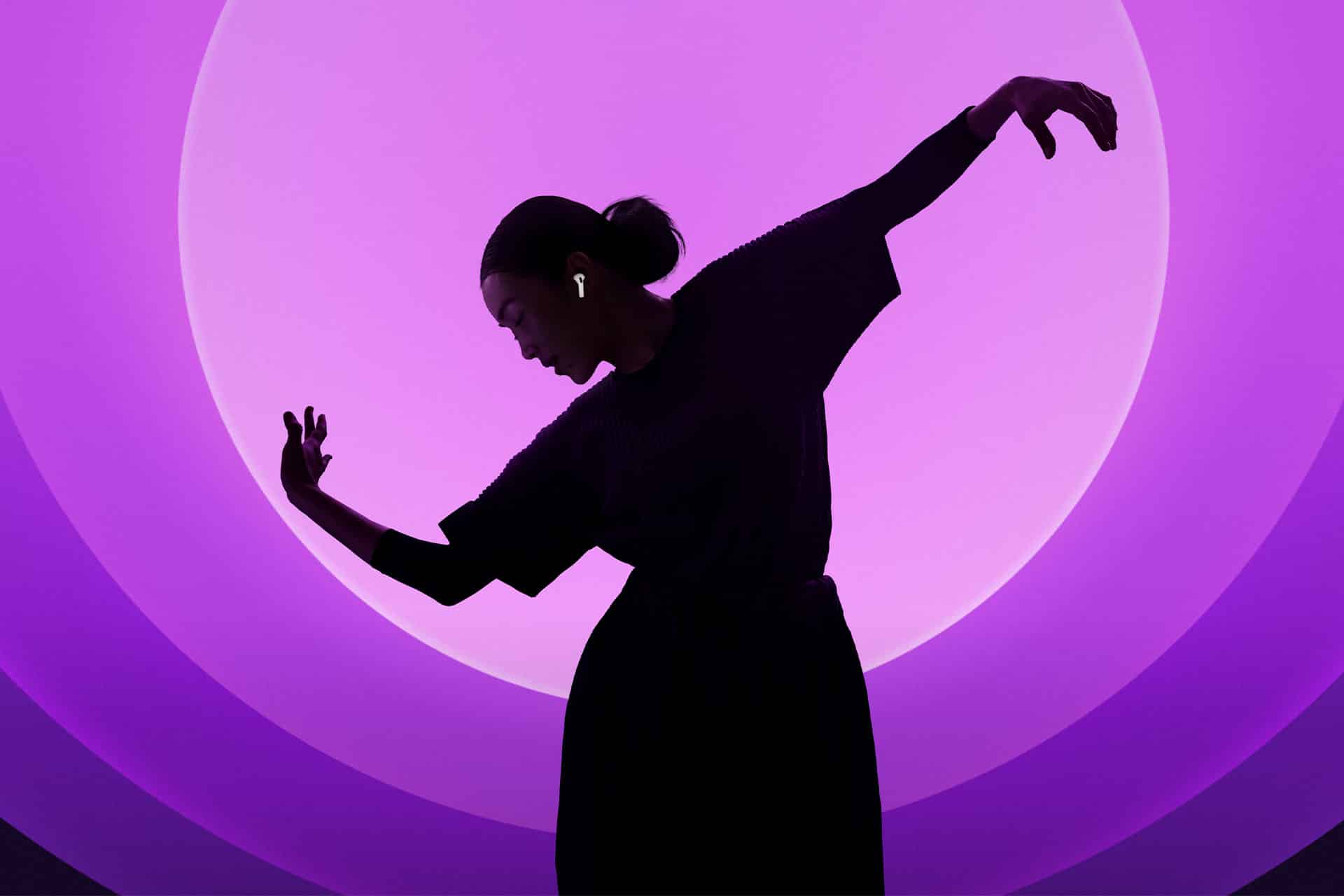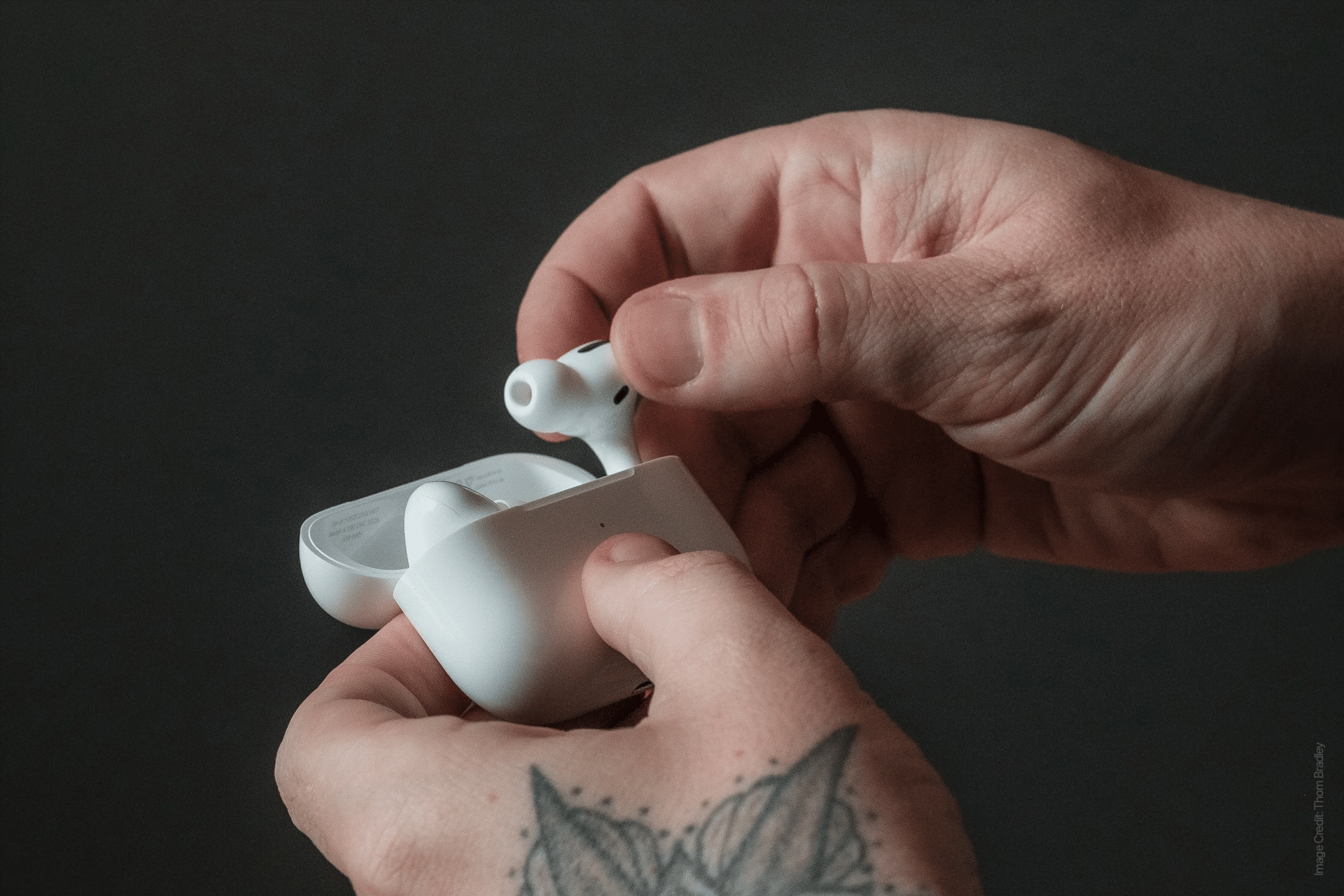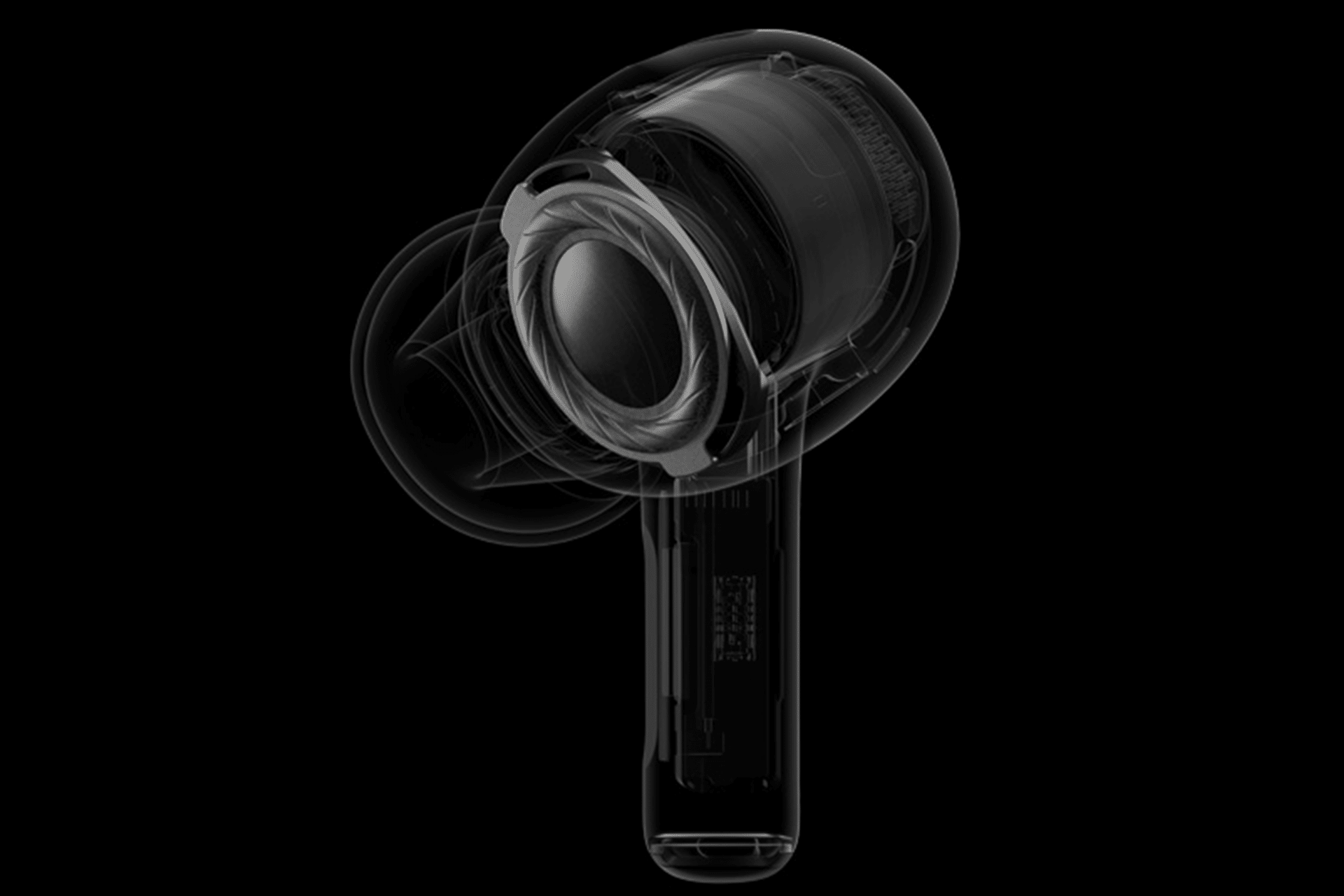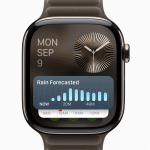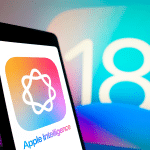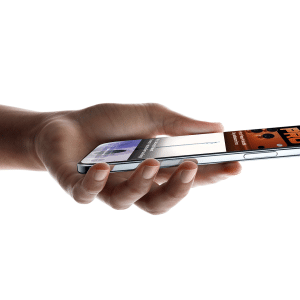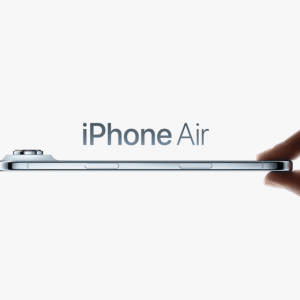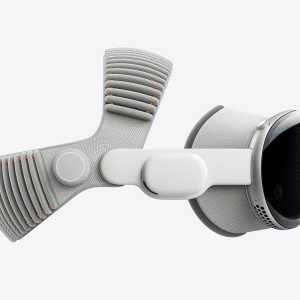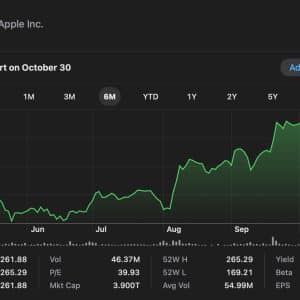First unveiled in October 2024, the AirPods Pro 2 hearing health suite includes three standout features: a Hearing Test, a clinical-grade Hearing Aid mode, and Loud Sound Reduction. For users in these four newly added countries, it’s now as simple as opening the Settings app on an iPhone or iPad to take the five-minute Hearing Test. The process uses the earbuds to assess hearing levels, generating a personalized audiogram stored securely in the Health app. Results are easy to understand, offering a snapshot of hearing loss in each ear—data that can also be shared with a doctor for further guidance.
If the test detects mild to moderate hearing loss, users can activate the Hearing Aid feature. This mode leverages the AirPods’ H2 chip to dynamically adjust audio in real time, amplifying voices and environmental sounds to suit the wearer’s needs. It’s not just for conversations—music, phone calls, videos, and games get the same tailored boost, keeping users connected to their world. Meanwhile, Loud Sound Reduction kicks in automatically in Transparency and Adaptive Audio modes, cutting loud noises at a rate of 48,000 times per second to protect hearing without sacrificing awareness.
A Staggered Global Rollout
This isn’t the first international step for these features. The UK got access in October 2024, followed by France, Cyprus, Italy, Luxembourg, Romania, and Spain in December. Yet, the pace hasn’t been uniform—regulatory hurdles are to blame. Many countries require health agency approval before allowing AirPods Pro 2 to function as hearing aids, a process Apple tracks on its Hearing Health Availability page. The US, Canada, Guam, Puerto Rico, and the US Virgin Islands also enjoy Hearing Protection features, though these remain exclusive to that region for now.
Today’s expansion to Australia, Brazil, Colombia, and Saudi Arabia marks a significant leap, bringing the total to over 100 countries where at least some hearing health tools are available. It’s a testament to Apple’s ability to navigate complex global health certifications at speed, especially for a product doubling as a medical device.
Why It Matters to Users
For the everyday iPhone owner, this update could be a quiet revolution. Hearing loss affects over 1.5 billion people globally, per the World Health Organization, often creeping in unnoticed until it disrupts daily life. Apple’s Hearing Test offers a low-barrier way to check in—just five minutes in a quiet room—while the Hearing Aid mode provides an affordable, over-the-counter solution for those who need it. Unlike traditional hearing aids, which can cost thousands, AirPods Pro 2 deliver clinical-grade support at a fraction of the price, assuming you already own a pair.
The practical perks are clear: better conversations in noisy cafes, richer music playback, or safer exposure to loud environments like concerts. It’s tech that fits into your pocket and your life, no specialist appointment required. Still, it’s not a one-size-fits-all fix—those with severe hearing loss will need more than AirPods can offer.
The Bigger Picture
Apple’s move reflects a broader trend: tech giants embedding health solutions into everyday devices. The AirPods Pro 2 aren’t just earbuds anymore—they’re a bridge between consumer tech and clinical care. By expanding to diverse markets like Brazil and Saudi Arabia, Apple’s betting on a future where hearing health is as routine as checking your step count. And with the Hearing Test’s accuracy matching professional audiograms (when taken properly), it’s a compelling start.
As of today, March 25, 2025, users in these four countries can dive in. Whether it’s catching a hearing issue early or fine-tuning audio for daily use, Apple’s latest rollout proves small devices can make a big difference—one ear at a time.
